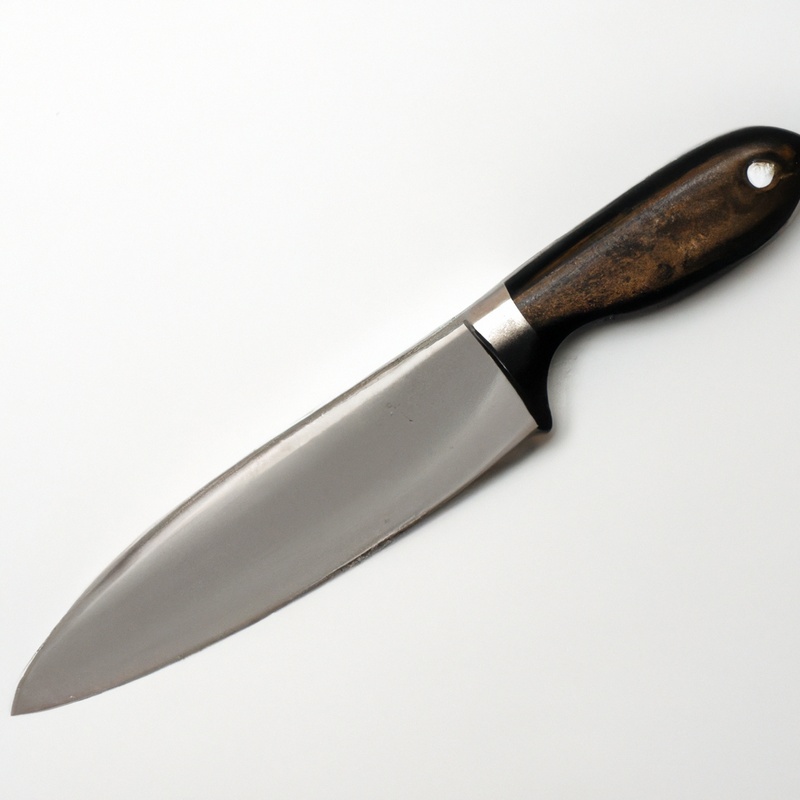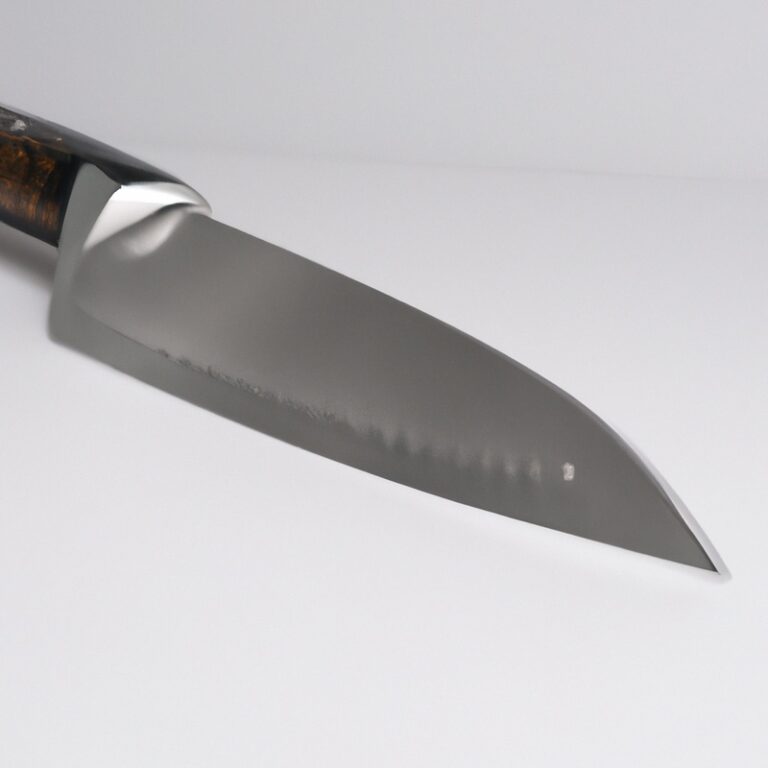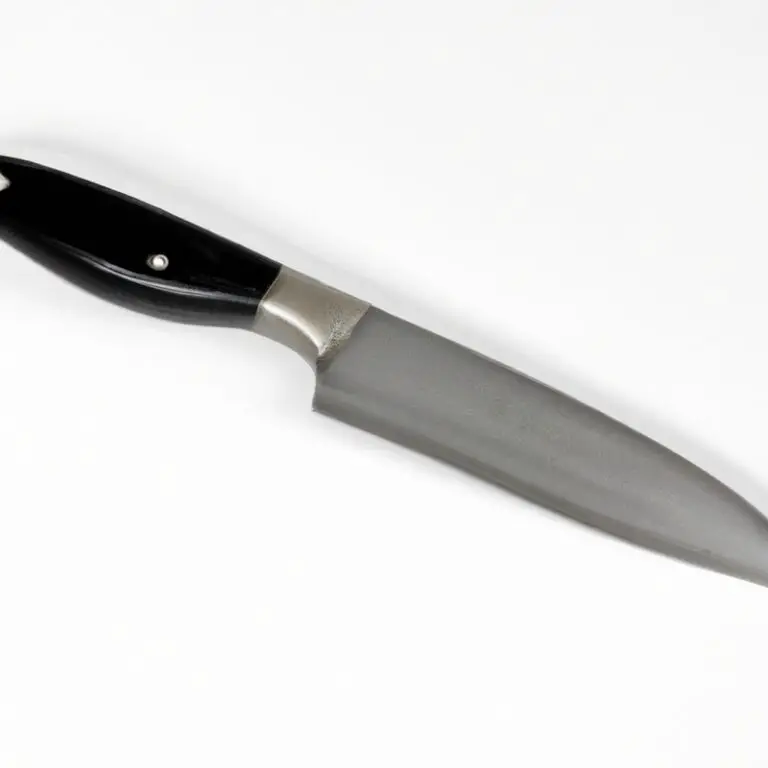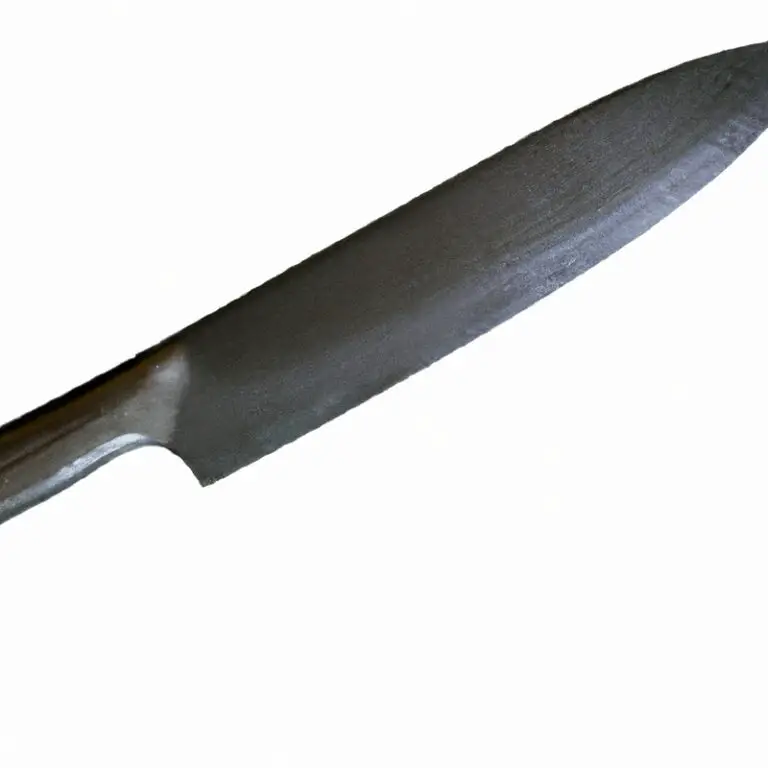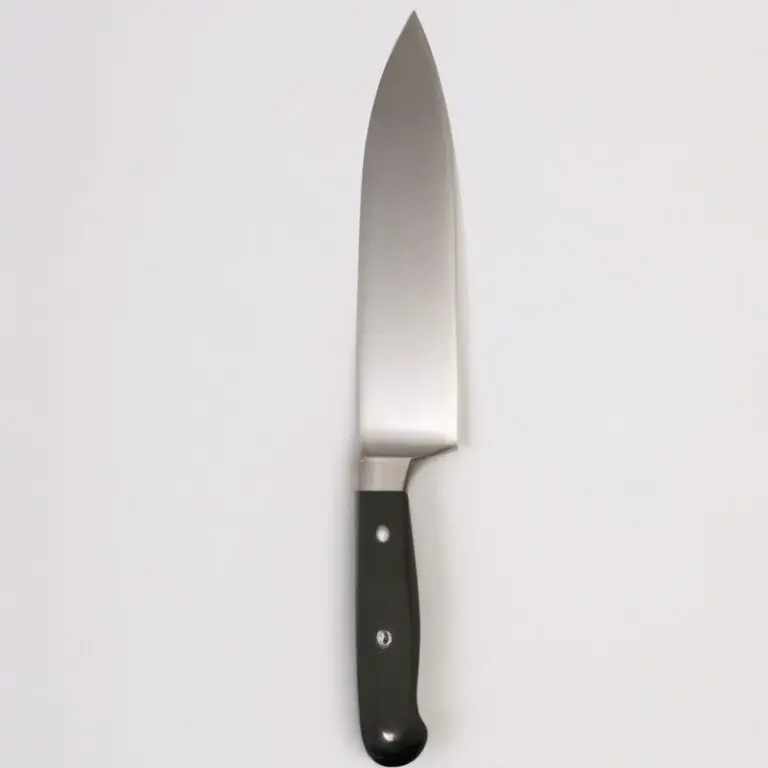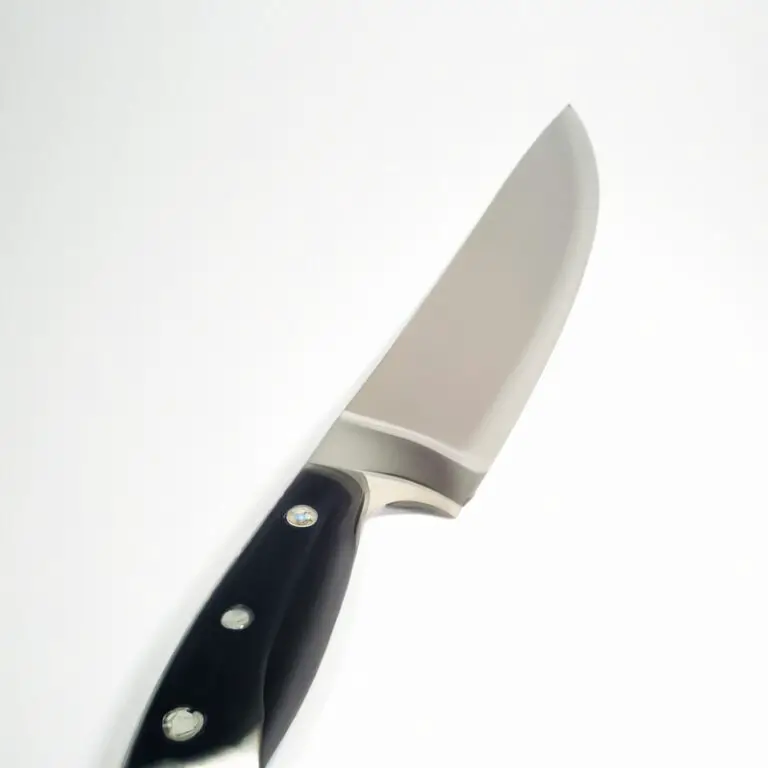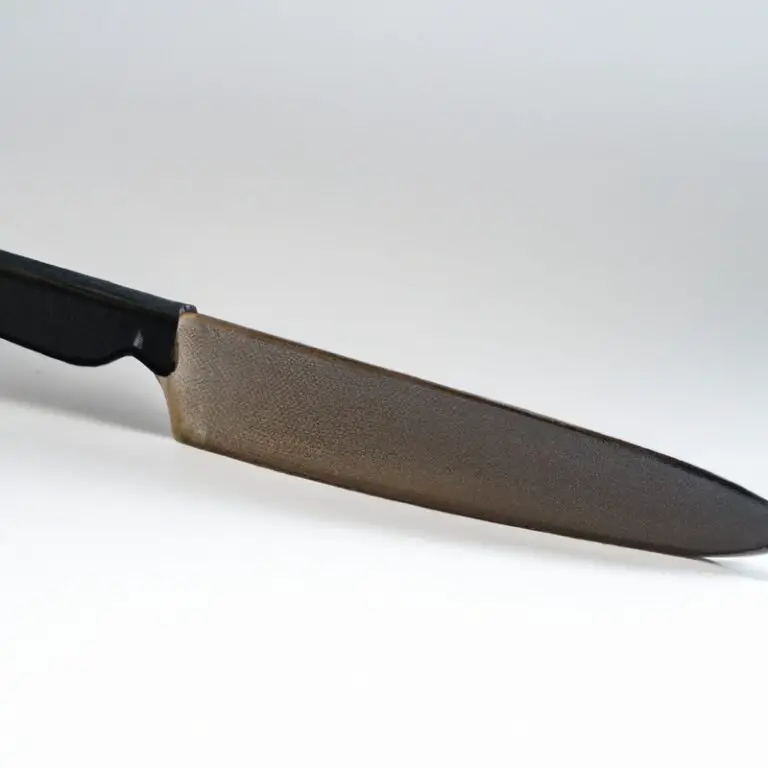How To Sharpen a Fillet Knife? – Expert Tips
Key Takeaways:
- Maintaining a sharp fillet knife is essential for achieving clean and precise cuts while filleting fish.
- Use a sharpening stone or a honing rod to maintain the edge of your fillet knife regularly.
- Remember to angle the blade properly and use consistent pressure while sharpening to avoid damaging the blade.
- With the right techniques and tools, anyone can learn how to sharpen a fillet knife effectively and efficiently.
As an avid fisherman or chef, you know that having a sharp fillet knife is crucial for a successful filleting experience. But how do you sharpen it properly?
In this article, we are going to walk you through the step-by-step process of sharpening your fillet knife with different sharpening tools and materials.
From understanding the anatomy of a fillet knife to testing the sharpness of your blade, we’ve got you covered. Save money and reduce your stress by learning how to sharpen your fillet knife like a pro.
| Steps | Tools |
|---|---|
| 1. Clean the knife | Cloth and dish soap |
| 2. Prepare sharpening stones | Dual-grit stone and honing oil |
| 3. Hold knife at the correct angle | Knife sharpening guide |
| 4. Sharpen the knife | Using the sharpening stone |
| 5. Hone the blade | Using the honing rod or leather strop |
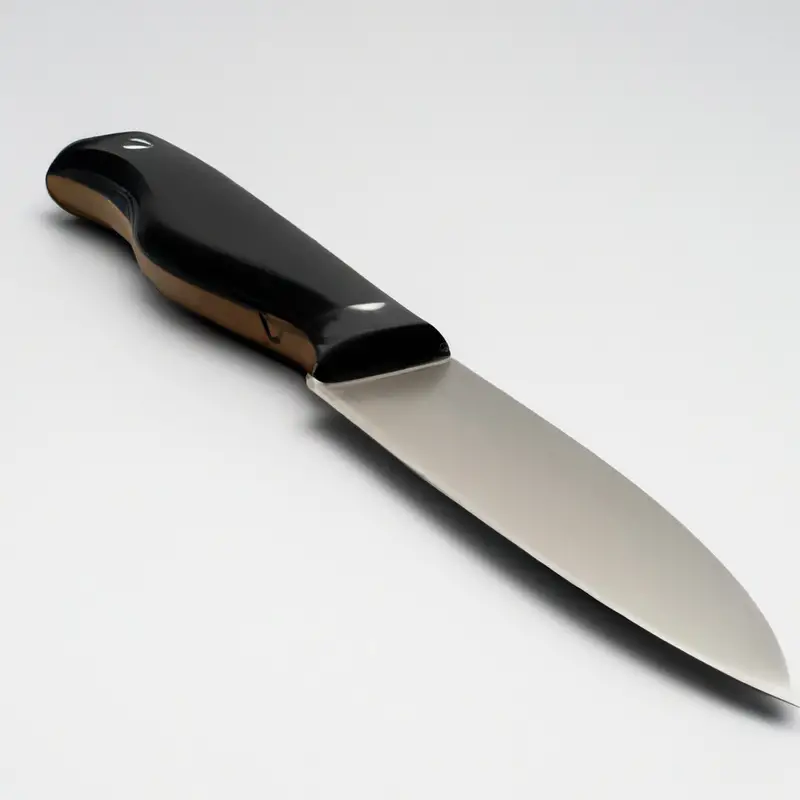
Understanding the anatomy of a fillet knife
To sharpen a fillet knife effectively, it’s essential to understand its anatomy. A fillet knife is designed to fillet fish and other meats.
It has a long, thin blade that is flexible to allow for precision cutting and maneuvering around bones and joints.
The blade length can vary, but usually, it’s between six to twelve inches. The blade of a fillet knife is usually made of high-carbon stainless steel that resists rust and corrosion.
A plastic or rubber handle provides a good grip, even when your hands are wet.
Some fillet knives may also have a guard that prevents your fingers from slipping onto the blade while you’re filleting fish. It’s crucial to choose the right fillet knife for the type of fish or meat you’ll be working with, as well as the size of the fish.
A smaller knife is ideal for smaller fish, while a longer knife is better for larger fish.
In summary, understanding the anatomy of a fillet knife is essential to master the art of filleting. The next step is to choose the right sharpening tools and materials to hone the blade effectively.
Choosing the right sharpening tools and materials
Selecting the appropriate sharpening tools and materials is an essential aspect of sharpening your fillet knife effectively. Different sharpening methods require varying toolkits, and choosing the wrong one might result in suboptimal results or even damage to your blade.
For steel honing, a sharpening steel or a ceramic honing stone is recommended.
A whetstone is ideal for manual sharpening, with diamond and ceramic variants being more durable than natural stones. When opting for electric sharpeners, ensure that they offer adjustable angles and have abrasive disks or belts that suit your fillet knife’s blade material.
For materials, high-quality honing oil or water is ideal for lubrication during manual sharpening.
Electric sharpeners often have in-built cooling and lubricating systems. Investing in the right sharpening tools and materials will guarantee a sharp fillet knife that performs optimally and has a longer lifespan.
Preparing your fillet knife for sharpening
Before sharpening your fillet knife, it’s important to properly prepare it. This involves first cleaning the blade with soap and water to remove any debris or dirt that may affect the sharpening process.
Once cleaned, dry the blade completely with a clean towel.
Next, examine the knife for any nicks or damage to the blade. If the blade is visibly damaged or has chips, it may require professional sharpening or even replacement.
After inspecting the blade, it’s important to choose the appropriate sharpening tool and material for your knife.
Options include a sharpening steel, whetstone, or electric sharpener. Additionally, make sure the sharpening tool you choose is appropriate for the blade’s angle or wedge shape.
Lastly, before beginning the sharpening process, secure the knife blade in a stable and safe position to prevent any accidents or injury during sharpening.
This can be done by using a sharpening guide or clamp. By properly preparing your fillet knife before sharpening, you can ensure the sharpening process is effective and efficient, resulting in a sharp and precise blade for all your filleting needs.
Honing the blade with a sharpening steel
To hone the blade of your fillet knife with a sharpening steel, hold the steel vertically with its tip pressing firmly against a stable surface. Then, hold the knife at a 20-degree angle and draw it down the steel from heel to tip, applying moderate pressure.
Repeat on the other side.
Perform around ten strokes on each side, and check the sharpness of the blade by slicing through a piece of paper or testing it on a tomato. It is important to maintain a consistent angle and use moderate pressure to avoid damaging the blade.
Honing with a sharpening steel should be done regularly to maintain the edge of your fillet knife, but it will not sharpen a dull blade.
Using a whetstone to sharpen your fillet knife
Using a whetstone to sharpen your fillet knife is a traditional and effective method. To start, soak the whetstone in water for about 10 minutes before use.
Then, hold the knife’s blade at a 20-degree angle to the stone and run it along the stone in a sweeping motion.
Repeat the process on the other side of the knife blade. Continue the process, alternating sides until the blade is sharp.
Be sure to use a consistent angle and pressure to ensure an even edge.
Finally, finish with a honing steel to remove any burrs on the blade’s edge. Using a whetstone requires patience and technique, but the results are worth it as it can sharpen the blade to a razor-like edge.
Sharpening your fillet knife with an electric sharpener
Sharpening your fillet knife with an electric sharpener is a quick and efficient method. To begin sharpening, it’s important to ensure your electric sharpener is compatible with fillet knives.
Check the manufacturer’s instructions and recommendations before proceeding.
First, make sure your fillet knife is clean and dry. Then, turn on the electric sharpener and insert the fillet knife into the designated slot.
Follow the manufacturer’s recommended angle and pressure for sharpening.
Gently pull the knife through the slot, moving it back and forth until the sharpening process is complete. Remember to avoid excessive pressure on the knife blade as it can lead to damage or breakage.
Once complete, wipe the blade clean with a soft cloth.
Additionally, it’s important to properly maintain your electric sharpener to ensure it remains in good working condition. Clean the sharpener regularly and follow the manufacturer’s instructions for maintenance.
In summary, sharpening your fillet knife with an electric sharpener can be an effective method.
However, it’s important to ensure compatibility, follow manufacturer’s instructions, and practice proper maintenance.
Tips for maintaining your sharp fillet knife
Proper maintenance of your fillet knife is essential for retaining its sharpness and prolonging its lifespan. Here are some simple tips to help you maintain your sharp fillet knife:
- Clean your knife with warm soapy water after each use, and dry it thoroughly before storing.
- Avoid soaking your knife in water or leaving it in wet conditions.
- Use a sharpening steel regularly to maintain the knife’s edge, but be careful not to overuse it.
- Store your knife in a sheath or knife block to protect the blade from damage.
- Use a honing rod to straighten the blade’s edge, and sharpen the knife using a whetstone or an electric sharpener when necessary.
- Avoid cutting hard items, such as bones or frozen food, with your fillet knife to prevent damage to the blade.
- Use a cutting board made of softer materials, such as wood or plastic, to avoid dulling the blade.
- Always handle your knife with care, and avoid dropping it or mishandling it in any way.
By following these simple tips, you can maintain your sharp fillet knife and ensure that it performs optimally every time you use it.
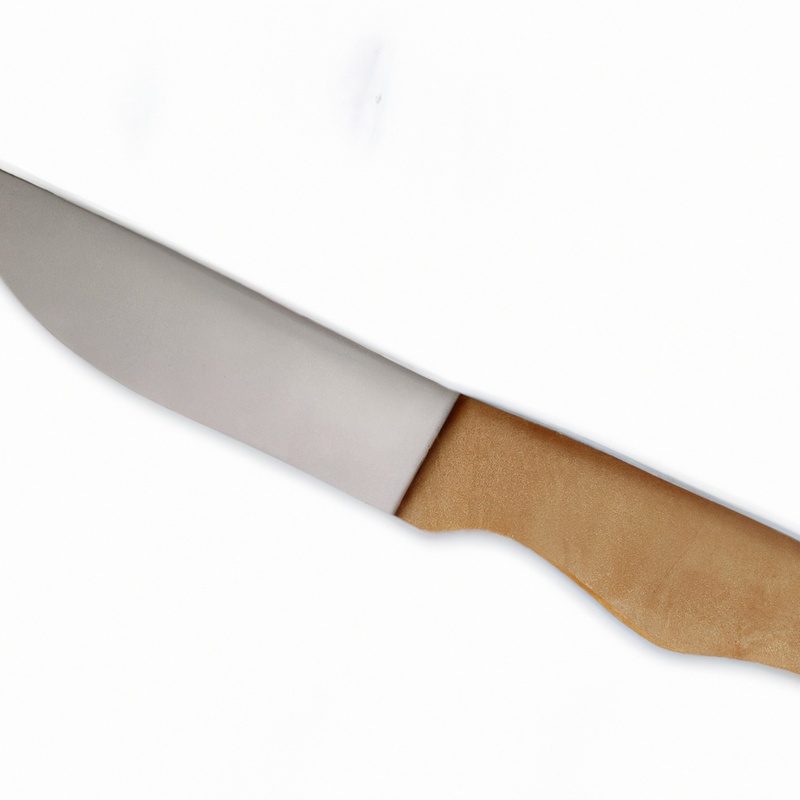
Testing the sharpness of your fillet knife
To test the sharpness of your fillet knife, start by performing a simple paper test. Hold a piece of paper with one hand and slice it with your fillet knife using the other hand.
If the knife slices through the paper with ease, your knife is sharp.
Another way to test your fillet knife’s sharpness is by visually inspecting the blade. Look for any nicks, chips, or uneven edges.
If you spot any imperfections, it may be time to sharpen your knife.
You can also try the tomato test, in which you slice a ripe tomato with your fillet knife. If the knife cuts through the tomato without squishing it or tearing the skin, it is sharp enough for filleting fish.
Additionally, you can use your sense of touch to gauge the sharpness of your fillet knife.
Run your finger across the blade’s edge carefully. If the blade feels smooth and sharp, it’s probably ready for use.
If you feel any points or dull areas, it’s time to sharpen your knife.
Testing the sharpness of your fillet knife is essential to ensure successful filleting. By performing these simple tests, you can determine if your fillet knife is sharp enough to get the job done.
Common mistakes to avoid when sharpening a fillet knife
Common mistakes to avoid when sharpening a fillet knife:
- Over-sharpening: Sharpening a fillet knife too much can lead to excessive thinning of the blade, which weakens the knife and reduces its lifespan.
- Incorrect angle: The angle at which the knife is sharpened is critical. Sharpening it at the wrong angle can result in an uneven edge or a damaged blade.
- Inadequate pressure: Applying too little pressure while sharpening can result in an uneven edge, while applying too much pressure can lead to a damaged blade.
- Using the wrong sharpening tool: Each sharpening tool is designed for a specific type of blade. Using the wrong sharpening tool for your fillet knife can result in a damaged blade or an uneven edge.
- Not cleaning the blade: Before sharpening your fillet knife, it is essential to ensure that you have cleaned any dirt or grime from the blade. Failing to do so can result in damage to the sharpening tool or an uneven edge.
By avoiding these mistakes, you can ensure that your fillet knife is sharpened properly, giving it a sharp and durable edge.
When to sharpen your fillet knife and how often
Knowing when to sharpen your fillet knife can make a difference in achieving the perfect fillet. The general rule of thumb is to sharpen your fillet knife after every use.
However, the frequency of sharpening your knife depends on several factors.
One factor to consider is how often you use your fillet knife. If you use it frequently, you might need to sharpen it more often to maintain its sharpness.
Another thing to consider is the type of fish you are filleting.
Certain fish have dense bones, which can dull your knife faster. Finally, the sharpness of your fillet knife depends on how well you maintain it.
If you properly clean, store, and sharpen your knife, you will need to sharpen it less often.
In summary, make sure to sharpen your fillet knife after every use and take into consideration the frequency of use, type of fish being filleted, and how well you maintain your knife. By following these guidelines, you can ensure that your fillet knife is always razor sharp and ready for your next filleting task.
Final Verdict
Sharpening your fillet knife is an essential step towards ensuring a smooth and efficient filleting experience. From understanding the anatomy of the blade to selecting the right sharpening tool and material, we have covered everything you need to know about sharpening your fillet knife.
Remember to avoid common mistakes, test the sharpness of your blade, and maintain it regularly to extend its lifespan.
With proper care and attention, your fillet knife will continue to be a reliable tool for years to come. Here’s to happy filleting!

